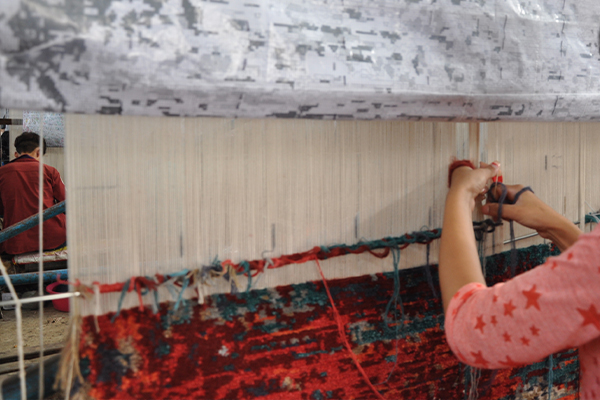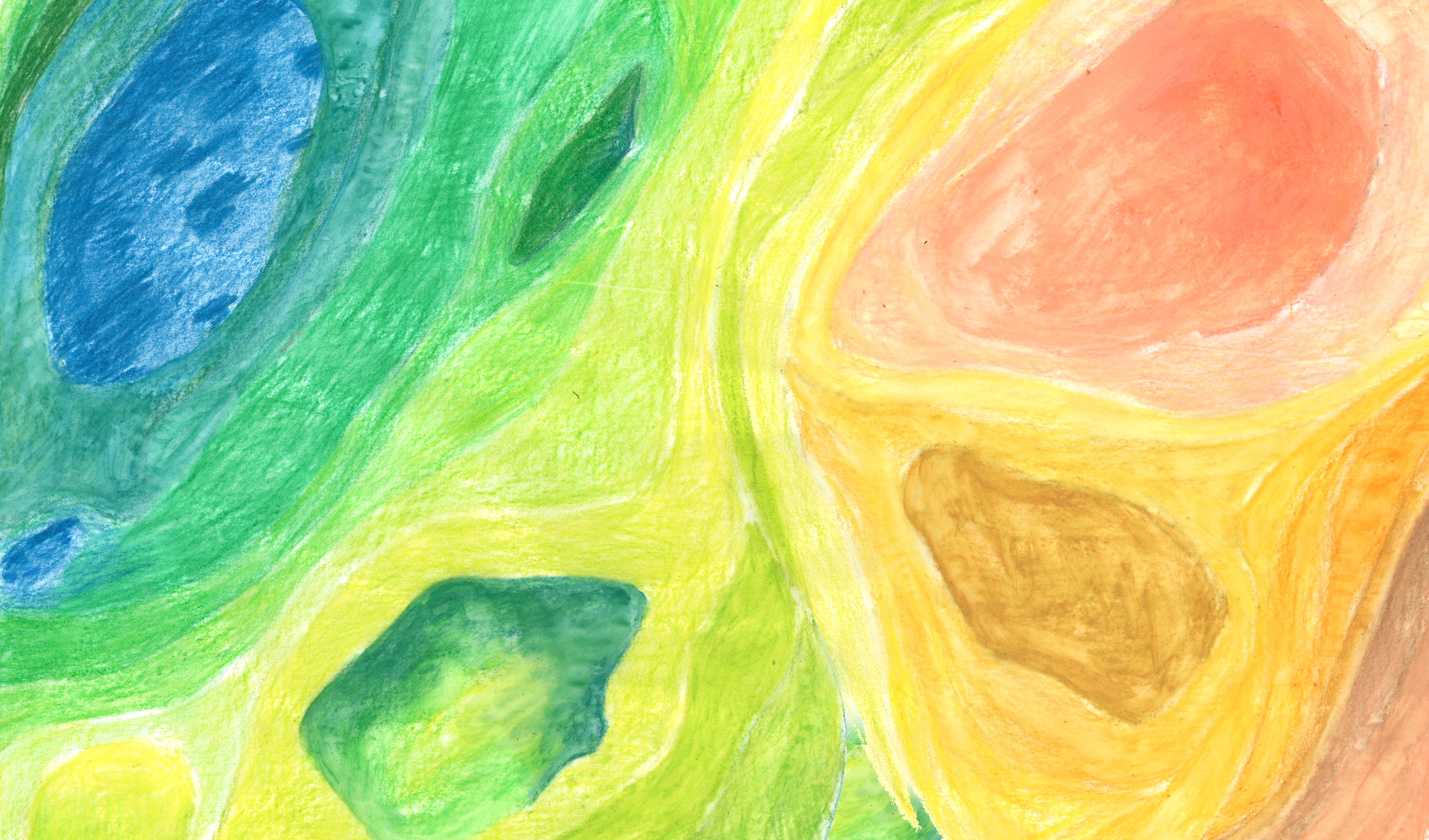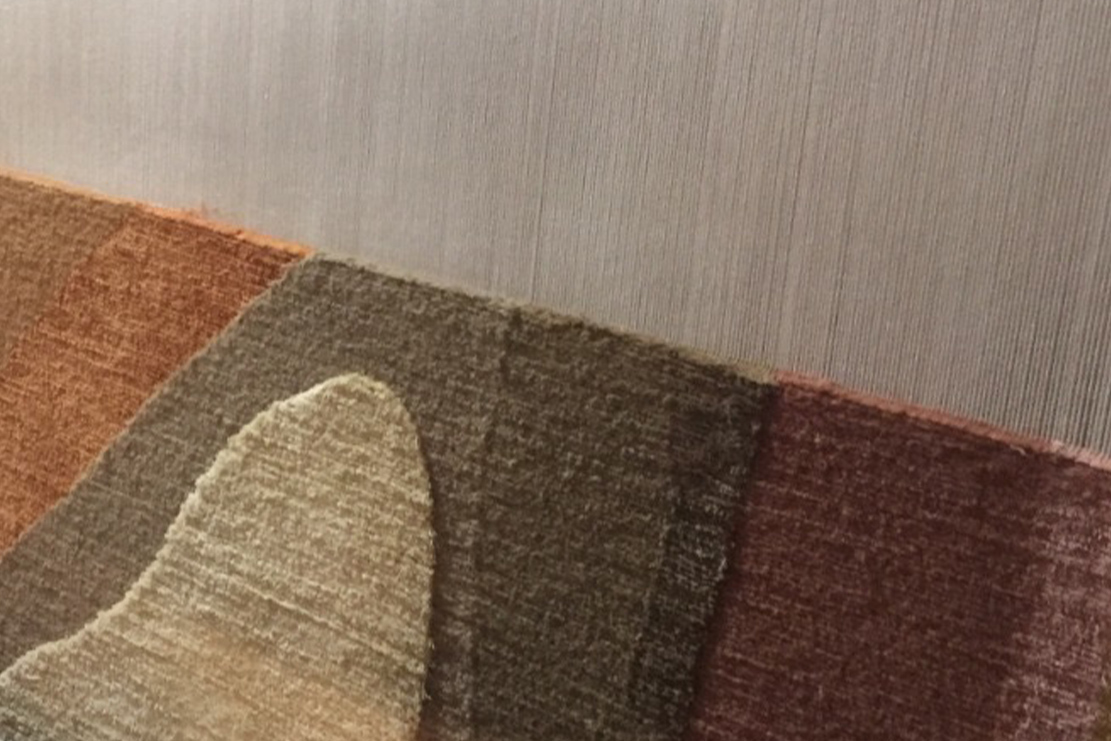Where Man & Nature Meet: An exploration of Nepal’s landscape & crafts
A visit to Nepal alongside Iwan Maktabi sparked an insightful conversation about the interplay between topography and human settlement. This inspired me to delve deeper into the subject, initiating my research by analyzing the distinct valley conditions and their remarkable geological formations. As I delved further, I realized that translating these natural features into the design of home tapestries not only brings the essence of the landscape into our living spaces but also imbues them with a sense of place.
Inspiration
Exploring the unique topography of the region’s landscape, the human settlements nestled within it, and how the two continuously affect one another.
Humans and nature are continuously encroaching on one another, forming new and diverse symbiotic relationships.
Craft
The art of crafting natural dyes is an ancient practice dating back over 4,000 years. Before the 20th century, traditional dyes were crafted based on recipes passed down from generation to generation.
The process of making a wool rug begins when unprocessed wool is separated by hand to remove sticks and break up clumps. The wool is then spun into yarn. The yarn becomes twisted and strong enough to be sewn.
Photo courtesy of Iwan Maktabi
Photo courtesy of Iwan Maktabi
The main material used is wool from the Tibetan highlands, one of the highest quality and most robust of all materials. Herdsmen use yaks to bring the wool from the mountains to the base station where it is then washed in the river and subsequently carded (combed) and spun by hand.
The carpets are hand-knotted in workshops following centuries-old traditions.

Outlining the topographic lines of the valleys in Nepal, understanding the relationships between the levels, colors, and natural formations in relation to human settlements.
Finding complimentarity betwen different contours & color shades
Translating these studies into pile heights & pom colors on the loom
ABOUT
Studio
Awards
Exhibitions
Press
Find us
Studio
Awards
Exhibitions
Press
Find us


 Photo courtesy of Iwan Maktabi
Photo courtesy of Iwan Maktabi




